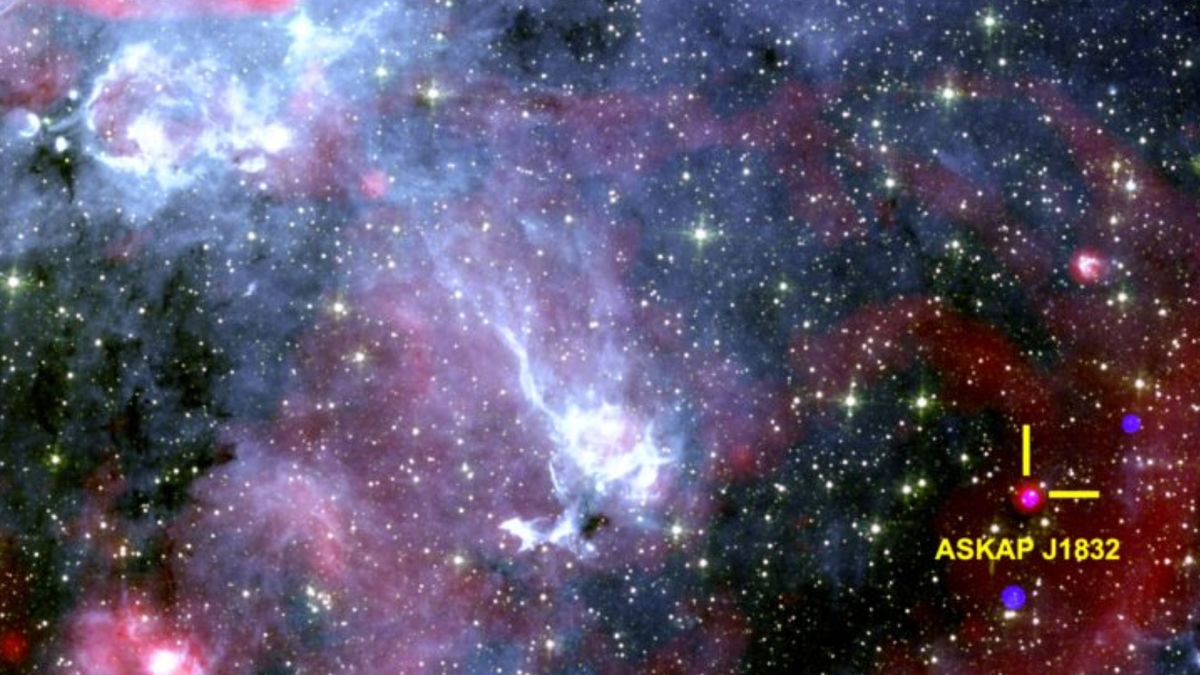Now Reading: Astronomers Unveil Unique Cosmic Body Emitting Intense X-Rays
-
01
Astronomers Unveil Unique Cosmic Body Emitting Intense X-Rays
Astronomers Unveil Unique Cosmic Body Emitting Intense X-Rays

Swift Summary
- NASA’s Chandra X-ray telescope detected unusual emissions (X-rays and radio waves) from the cosmic object ASKAP J1832-0911 located 15,000 light-years away in the Milky Way.
- The object is classified as a “long-period transient” (LPT), flashing signals every 44 minutes for two-minute intervals.
- For the frist time, such an LPT has been observed emitting both high-energy X-rays and low-energy radio waves.
- Researchers suggest ASKAP J1832-0911 may be a dead star, possibly a magnetar (highly magnetic neutron star) or a white dwarf in a binary system. Current theories cannot fully explain its behavior.
- Scientists believe this finding could point to new physics or models of stellar evolution and may led to discoveries of similar objects emitting both types of radiation.
Images:
!Image of ASKAP J1832-0911 captured by NASA telescopes
Credit: Ziteng Wang, ICRAR
!Artist’s depiction related to ASKAP J1832-0911 signals
credit: OzGrav, Swinburne University of Technology
!Illustration suggesting potential magnetar characteristics
Credit: Robert Lea (created with Canva)
Indian Opinion Analysis
The revelation of ASKAP J1832-0911 opens intriguing avenues in astrophysics, hinting at previously unknown behaviors among celestial objects. as India continues championing space exploration through initiatives like ISRO’s deep-space missions and collaborations on global scientific studies, findings like thes emphasize the importance of investing more in cutting-edge observational tools such as high-capacity telescopes.
Understanding phenomena such as LPTs can definitely help refine our knowledge about stellar evolution and energy generation processes across cosmic bodies. This research could inspire Indian scientists to explore similar targets using multi-modal observation platforms-leveraging domestic expertise while maintaining international collaboration. Furthermore, such discoveries indirectly reinforce India’s interest in data science applications for interpreting astronomical events.
While outcomes remain uncertain pending further research into ASKAP J1832-0911’s nature or mechanisms behind these emissions, they undoubtedly highlight humanity’s ongoing curiosity about deep space-a sentiment that aligns with India’s aspirations for robust scientific growth globally.























